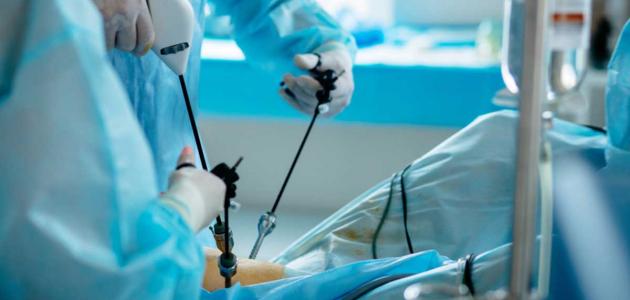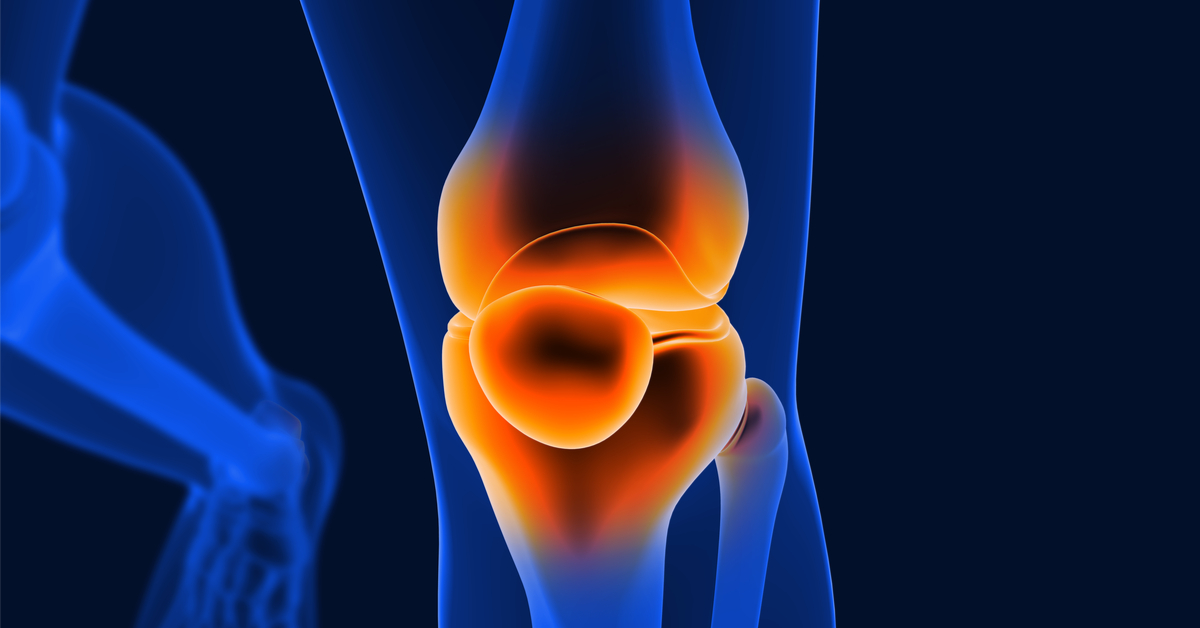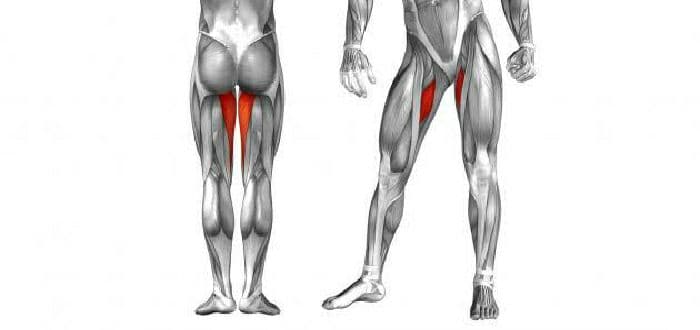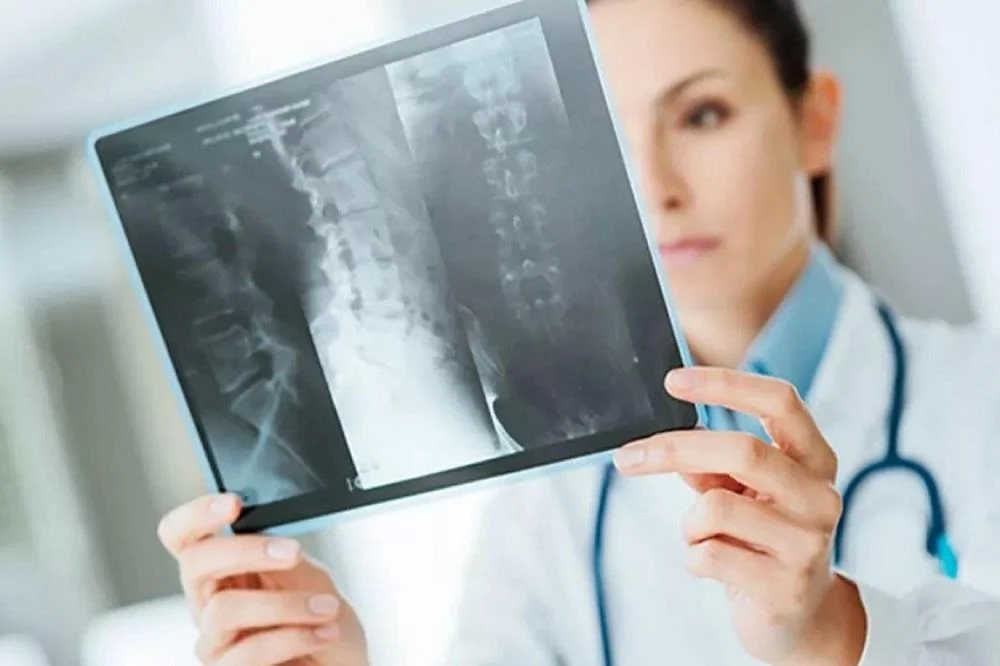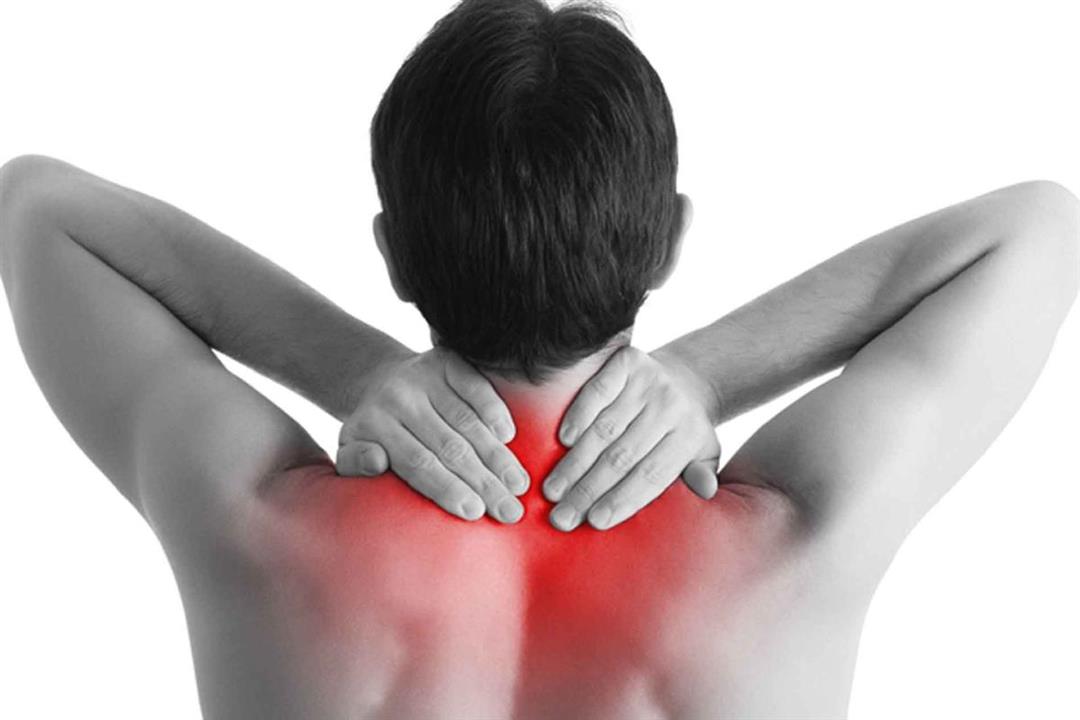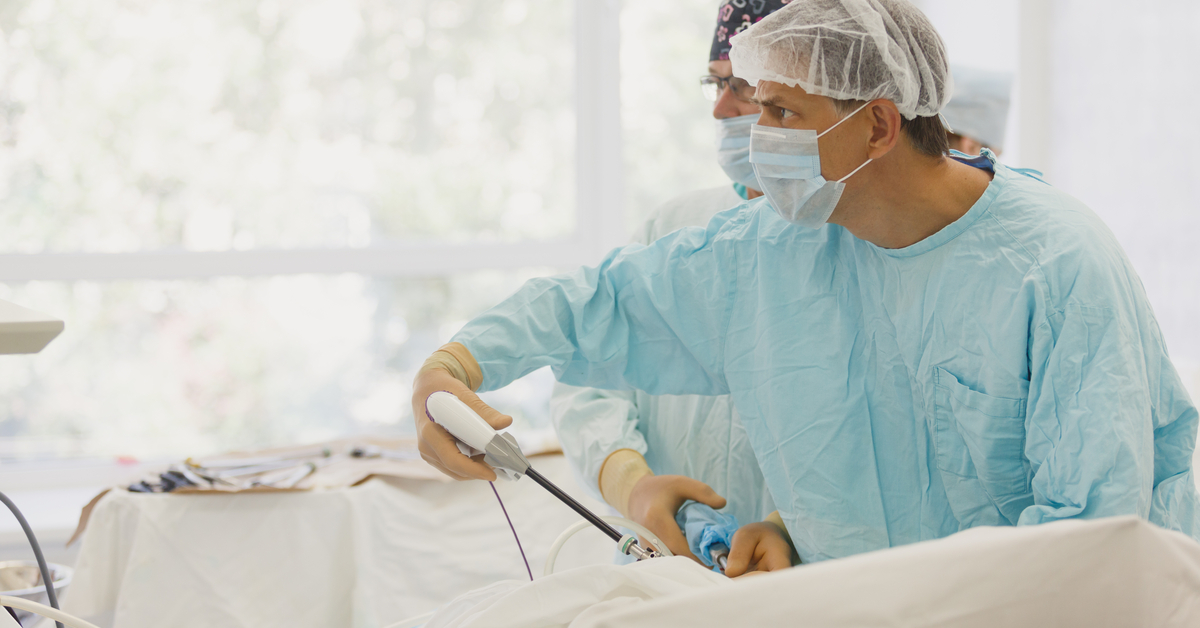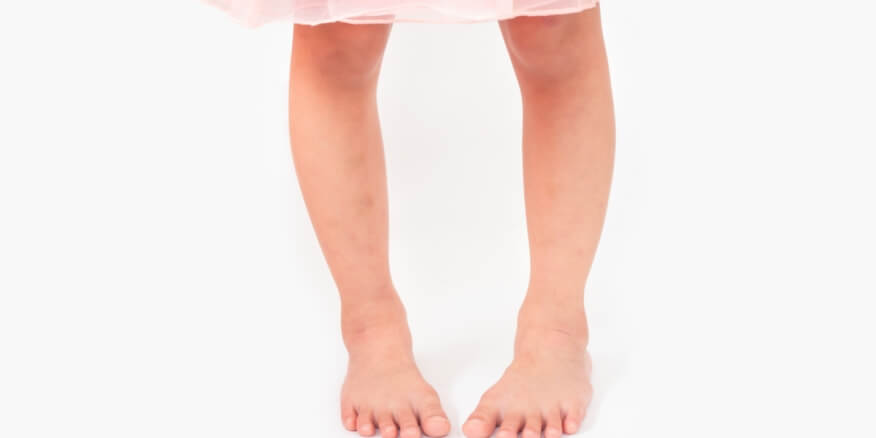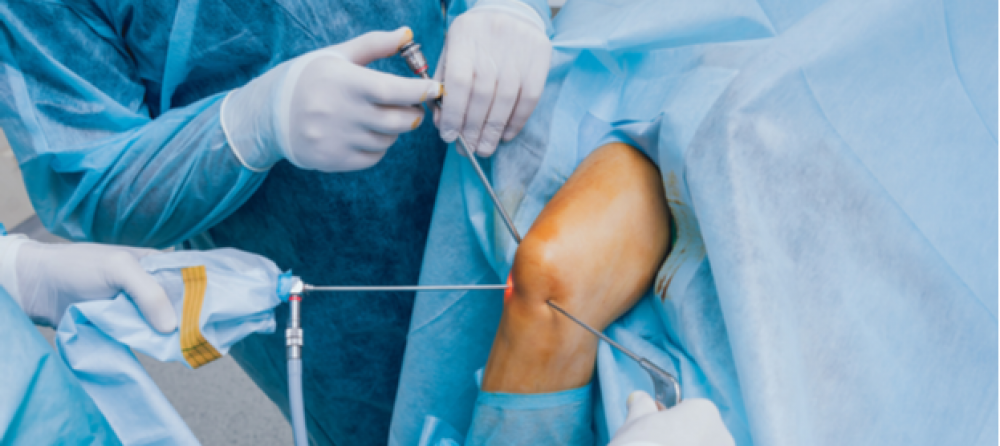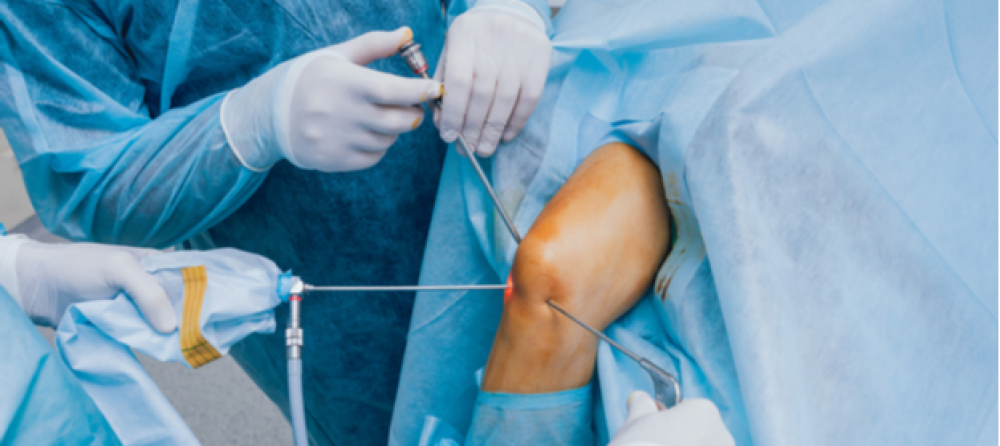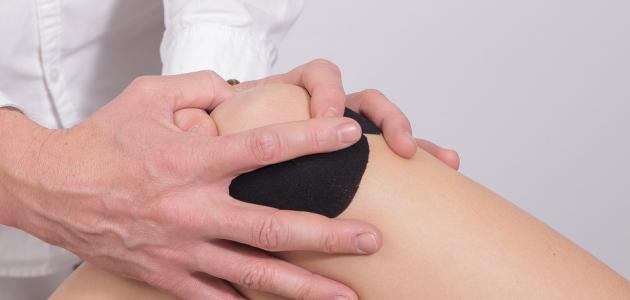What you do not know about knee roughness surgery
Knee roughness is one of the diseases spread worldwide, especially among the elderly, and there is more than one cause and symptom that appears on the person. Medicine has provided several methods of treatment for knee roughness. In the following article, we learn more details about knee roughness.
Knee roughness surgery
Knee roughness is a disease related to the presence of an injury to the knee cartilage and its exposure to erosion, which causes an increase in pain, a feeling of friction, and a crackling or creaking sound. There are different treatment methods to protect against the increase in symptoms and pain of knee roughness, including pharmacological and non-pharmacological treatment, that is, conservative treatment, and this is usually determined by doctors after diagnosis and examination.
In some cases of knee roughness, the specialist doctor may recommend performing a surgery that suits the condition of the affected person, and there is more than one surgery recommended in knee roughness operations, including joint replacement or arthroscopy to treat knee roughness, and determining the type of operation is up to the attending physician and his knowledge of the actual diagnosis of the patient.
Knee arthroscopy for the treatment of roughness
Endoscopy or the use of an endoscope, which is a small tube-like instrument with a light and a camera, in performing surgeries has become one of the safe and modern methods that give many advantages to the patient, on top of which is avoiding open surgeries that require a long recovery period.
Endoscope uses in knee roughness
There is more than one use made by doctors with arthroscopy in cases of knee roughness, including the following:
- It is used to know the current condition of the knee and the effect of roughness on the joint.
- It is used in diagnosing the knee and the condition of the cartilage after wear.
- It is used to obtain a sample of tumors that affect the knee.
- It is used to identify the healthy and injured parts of the knee.
Pre-treatment of arthroscopic knee roughness
There are preparations that the patient must follow in the stage before performing arthroscopic surgery to treat knee roughness, which doctors recommend for the person to be ready for the operation, and these procedures are as follows:
- Refrain from taking blood thinners to reduce the risk of bleeding during or after the operation.
- Identifying the patient’s health condition and identifying the medications he uses.
- Not eating for at least six hours before the operation.
- Refrain from drinking water two hours before surgery.
- Talk to an anesthesiologist to find out the appropriate type of anesthesia.
How to perform arthroscopic knee roughness surgery
- The specialist doctor begins to determine the type of anesthesia, depending on the case.
- Small holes or holes of only a few centimeters are made.
- The surgeon begins by inserting the endoscope, which is a tube-like needle with a lamp and camera.
- The doctor injects a sterile fluid to clear the vision.
- The necessary tools are inserted from the other punctures and the surgery is performed.
- The surgeon draws sterile saline back in and disinfects the wound.
- Knee roughness surgery is performed arthroscopically within an hour at most.
- The patient remains in the hospital until the doctor examines him and gives him the necessary instructions after the surgery.
Post-treatment of arthroscopic knee roughness
Some procedures are done after surgery to maintain the process and avoid complications, which are:
- The person can start using crutches in the first days after the operation.
- The patient can begin his normal activities after a few weeks.
- Full recovery may take up to two months, depending on the patient’s medical condition.
- Analgesic and anti-inflammatory medications should be followed to avoid risks after surgery.
- Apply cold water compresses after the operation to reduce swelling.
- Using supportive pillows below the knee to improve pain.
- Follow the rehabilitation program and exercise after the operation.
Benefits of arthroscopic knee roughness surgery
Arthroscopic knee roughness surgery is one of the modern operations that gives more than one advantage to knee patients, including the following:
- Avoid tissue damage because the wound is only a few millimeters wide.
- It reduces the risk of infection that affects a person after surgery.
- The skin is left without scars, unlike open operations.
- The time allotted for the operation is short and the person can leave the hospital on the same day.
- The patient gets recovery in a period better than normal operations.
Complications of arthroscopic knee roughness treatment
Some patients may be exposed to post-operative risks, which are as follows:
- Exposure to bacterial infection due to the wound.
- The presence of swelling and stiffness in the affected part.
- There is a possibility of exposure to bleeding, especially in patients with other diseases.
- You must follow up with the attending physician about your health condition after the operation to avoid complications.
Knee friction operation
There is more than one operation that can be performed in the knee, which helps the person to get a better amount of rest and regain his ability to practice daily activities, and one of the surgeries that are performed to improve the condition of the knee is the knee replacement process, especially in cases of cartilage damage that causes friction in the knee.
How is knee joint replacement surgery performed?
Knee replacement surgery is performed through several steps, namely:
- The doctor begins by injecting the patient with an antibiotic, which helps prevent infection.
- The person is given partial anesthesia so that he does not feel pain in the lower part of the body.
- The doctor begins by bending the knee to prepare it for the operation.
- A wound is made with a length of 15 to 25 centimeters, or about 10 inches.
- The joint surface is prepared and the surgeon begins to fit the replacement joint.
- The doctor begins to close the wound, disinfect it, and begins to experiment with the knee to ensure that it is correct.
- The surgery may last approximately two hours.
Steps after knee replacement surgery
The patient needs to know the steps that must be followed in the period following the surgery for the recovery process to be more quality and speedy, and thus the person feels a great improvement in his health condition, and among the most important instructions of doctors in this period are the following:
- The patient is taken to the recovery room and the doctor begins to examine him again.
- The person may be discharged from the hospital on the day of the operation, depending on his health condition.
- The doctor gives the patient painkillers and anti-inflammatory drugs to help him improve.
- You should start slowly moving the knee and ankle to reduce swelling.
- It is possible to use medical shoes that give support to the leg until complete recovery.
The complete recovery process can take place within several weeks of 6 or 7 weeks after the surgery, and at this stage, the person can begin to practice his daily activities normally, but he must follow the rehabilitation program in the period after the operation.
Doctors recommend making sports a part of your life after the operation because it helps to soften the joints and gives more strength to the muscles to bear part of the body load, and you can start practicing simple activities such as walking, cycling, and swimming.
Is there a severe knee roughness process?
Knee roughness treatment has more than one treatment method, including what is pharmacological or conservative treatment in which the patient is interested in sports and compresses, and improves the condition of the muscles near the knee to help them lose weight, and in some more serious cases, doctors prescribe multiple surgeries that help the person get a better quality of life.
Types of knee roughness operations
- Arthroscopy for the treatment of knee roughness: This type is used to treat roughness and a tear in the cartilage inside the knee.
- Artificial joint implant surgery: Specialist doctors resort to it in case of cartilage erosion and bone ends rubbing against each other, causing joint damage and severe roughness.
- Orthopedic surgery: It is performed when the knee stiffness affects the leg and causes it to warp, especially in young patients.
There are several instructions that doctors insist on after performing such types of surgery, the most important of which are rehabilitative programs and physical therapy because they provide the patient with a greater chance of recovering quickly, make the body adapt faster to the change that has occurred, and helps maintain weight as much as possible.
Knee roughness
Knee roughness is one of the most common orthopedic diseases in the world, which occurs as a result of a disorder in the knee, whether due to an accident or when a person is exposed to inflammation in the knee joint, which results in severe pain that limits the movement of the injured person and makes him give up some sports activities due to the presence of pain when performing them.
The defect that occurs in the knee is mostly in the knees, but some people have roughness in one knee, and in both cases, the leg is affected and the person’s movement becomes greatly limited, and the pain increases when the cartilage atrophies and the knee is exposed to friction.
Symptoms of knee roughness
How do I know I have knee roughness? This question can be answered by knowing the symptoms of knee roughness that start simple and a person may not feel them and then develop over time and lack of good care to more severe symptoms.
Here are some of the most common symptoms of knee roughness:
- Having a tingling feeling in the knee.
- Pain when going up and down stairs.
- Limit movement and reduce usual activities.
- There is swelling and redness in the knee.
- Severe knee pain when sitting for long periods.
- Having muscle weakness.
- Sometimes a feeling of numbness or imbalance in the knee.
Complications of knee roughness
Sometimes, when the treatment of knee roughness is neglected, or when the disease is prolonged in the patient, some complications occur that pose a risk to the knee, which are as follows:
- Increased body temperature.
- There is constant pain in the knee.
- Increased swelling.
- Severe pain in the extremities and numbness.
- Bleeding occurred in the affected part.
- Knee deformity and bumps.
- Inability to control the knee and its movement.
Causes of knee roughness
Exposure to the roughness of the knee has many causes and factors that help the person to erode the cartilage or inflammation of the knee, which causes roughness and pain, and this can be due to immune diseases or accidents that the person is exposed to.
What are the common causes of knee roughness?
knee injuries
Injuries and accidents are among the main reasons for increasing the chances of knee roughness, especially for sports practitioners and young people.
There is more than one knee injury that can lead to roughness, including:
- Sprain of the ligaments: A person may be subjected to a sprain or severe bending of the knee ligaments, causing them to tear completely or partially, and thus knee roughness occurs.
- Knee cartilage injury: Sometimes a person is exposed to erosion or atrophy in the cartilage, which damages the tendons and knee bones and makes them rough.
- Occurrence of knee fractures: In the event of a knee fracture, the person may experience a crisis of knee roughness symptoms, and the pain begins to increase.
Certain diseases
Some types of diseases affect the integrity of the knee and affect an increase in the chances of developing roughness in it, which makes the person in need of long-term treatment, and therefore the patient must take caution to increase the strength of the immune system that fights infections and diseases that cause roughness of the knee.
Here are the types of diseases that cause knee roughness:
- Red lupus.
- Rheumatoid arthritis.
- Gouty arthritis.
- Bursitis.
- degenerative arthritis;
- Cancerous tumors in the bones.
Risk factors for knee roughness
Some factors can affect knee roughness, including the following:
- Genetic factors: A person may be exposed to the roughness of the knee due to the presence of inheritance of this disease in the family.
- Age group: Research has shown that the elderly are more susceptible to knee roughness due to the erosion that occurred in the cartilage and muscle weakness.
- Knee stress: Severe stress on the knee by squatting for a long time can help cause health problems, including roughness.
- Obesity: Overweight people are exposed to muscle weakness and cartilage atrophy more than other people as a result of the extra weight on the knee, which makes them more vulnerable to roughness.
Knee roughness treatment
Can knee roughness be treated permanently? There is more than one way in which a person can treat knee roughness, especially if it is in the initial stages, whether the first or second, because the cartilage has not been completely eroded and the bone has not been damaged, so the chances become more in treating knee roughness.
Methods of treating knee roughness
Conservative treatment
A person can take some precautions to preserve the remaining amount of cartilage and limit the exacerbation of knee pain, such as using compresses, maintaining an appropriate weight, following a good diet, and taking an appropriate amount of rest.
Pharmacotherapy
The attending physician can start the stage of drug treatment, which depends on the use of anti-inflammatory drugs, painkillers, and sometimes knee creams to reduce swelling and give analgesia to the affected part, and among the medications that are used are those containing cortisone or hyaluronic acid.
Surgical treatment
Among the treatment methods that are used in the treatment of this type of knee injury, especially in its last stages, is the surgical intervention that helps the person to get a measure of comfort and regain his quality of life again, and there is more than one operation for the roughness of the knee and determining the most appropriate one depends on the attending physician and his diagnosis of the condition.
What is the natural treatment for knee roughness?
One of the most important methods of treatment in improving the condition of a patient with knee roughness is physical therapy, which works to strengthen the muscles and tendons and improve the condition of the bones, and thus the person gets rid of the pain of roughness and relieves its symptoms.
Knee roughness exercises
Do exercises treat knee roughness? Exercise works to improve the person’s condition and increase the ability to live with knee roughness, especially if it is in the advanced stages, so the roughness patient must follow the advice of doctors and start physical therapy under medical supervision so as not to experience complications.
Many exercises help in reaching a better treatment, working on the flexibility of the joints and muscles, and limiting the increase in inflammation so that the person does not feel greater health problems or is exposed to the risks of cartilage atrophy.
Here are some useful exercises for knee roughness:
- Stretching exercises
- Leg stretching exercises.
- Squat exercise.
- Stretching exercises.
- Knee bending exercise.
How do I protect myself from knee roughness?
It is important for a person, especially the elderly, to know how to prevent knee pain and inflammation that may affect the joint and affect a person’s ability to move, and we give you some tips that help protect against knee roughness:
- Make sure to exercise as part of the daily regimen.
- Avoid extreme stress and overloading the knee.
- Weight loss and work to get rid of obesity.
- Ensure to follow a diet rich in vitamins and minerals.
Common questions
Does prostration increase the roughness of the knee?
Movement in general is beneficial for the health of bones and joints, and the movements of prostration, unless they cause severe pain in the knee, may not cause harm to those with a roughness of the knee, and the patient may have pillows to relieve pressure on the knee when prostrating.
Is knee wear useful for knee roughness?
Some medical tools help patients get more comfort and the ability to practice life normally, and among the methods used in patients with knee roughness are knee braces or compressors, which mainly work to increase muscle strength and improve blood circulation, and thus the person feels recovered and able to move.
Does walking increase knee roughness?
There is a prevailing belief among knee roughness patients that walking may affect the roughness and increase its severity, but on the contrary, walking contributes to giving the muscles strength and balance the load on the knee and also improves the patient’s psychological condition so it carries many benefits for the knee roughness patient.
Does olive oil treat knee roughness?
Olive oil offers many benefits to the body in general and to the bones and muscles in particular because it contains vitamins and minerals, as well as antioxidants and inflammation, which limit the exacerbation of knee inflammation that causes roughness and reduces the strength of pain.
There is more than one way in which olive oil can be used to treat knee roughness, and they are:
- You can eat olive oil with water when you wake up.
- Rubbing the knee with olive oil helps treat inflammation.
- It can be taken during a person’s daily food in order to benefit from its benefits more.

